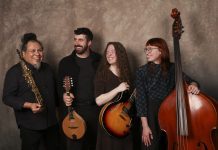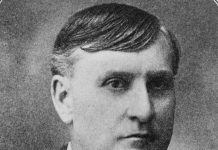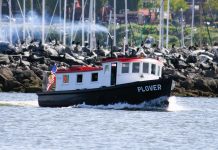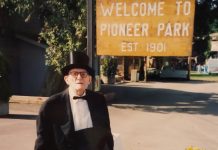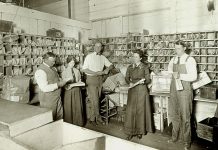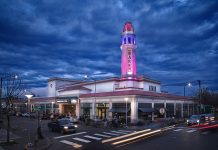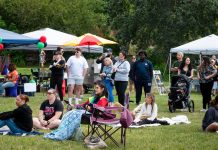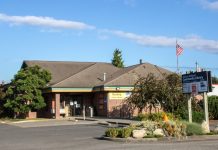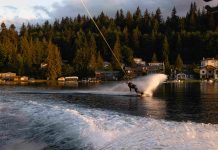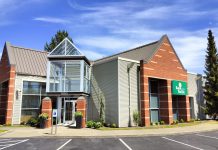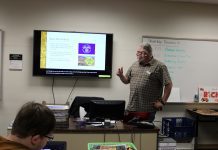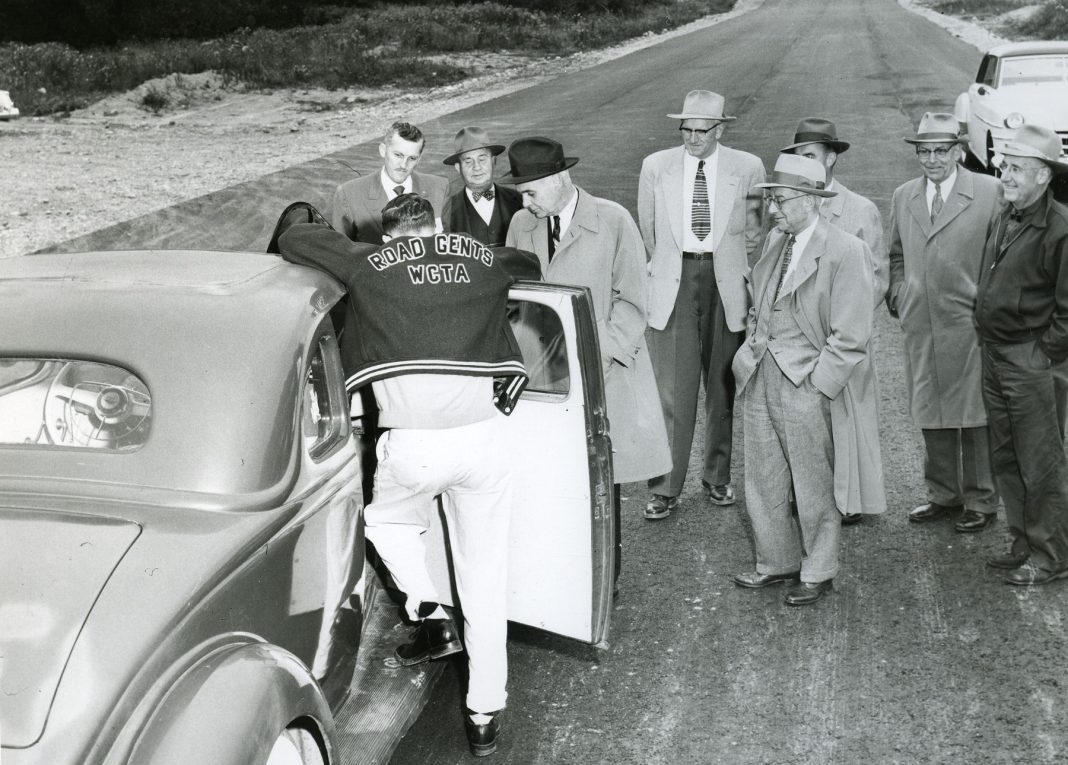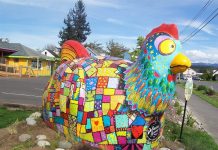On August 16, 1953, National Hot Rod Association founder Wally Parks stepped onto a stage at the southwest corner of the Bellingham airport. He was there to dedicate a new drag racing facility that was like many of its era: opened to curb street racing by providing a space for hot rodders to operate safely.
Just five years later, however, the facility was no longer being used, its potential never fully realized. So, what happened to Bellingham’s drag strip?
In the years following World War II, many American boys and men took interest in the hobby of hot rodding — the building, tuning, and driving of souped-up vehicles for maximum performance and competition. By 1957, Life magazine estimated about 15,000 hot rod clubs existed across the United States.
But in many places, hot rodders received mixed reviews. Some considered them to be little more than reckless ruffians, while others saw hot rodding as a cohesive community with potential for the personal and professional growth of those involved.
The March 1957 issue of The Texas Outlook asked readers: Were hot rodders “hoodlums or heroes?” The potential dangers of illegal street racing led many to conclude the former. Some people, though, surmised that if hot rodders drove in dedicated, off-street spaces, things might be safer for everyone.
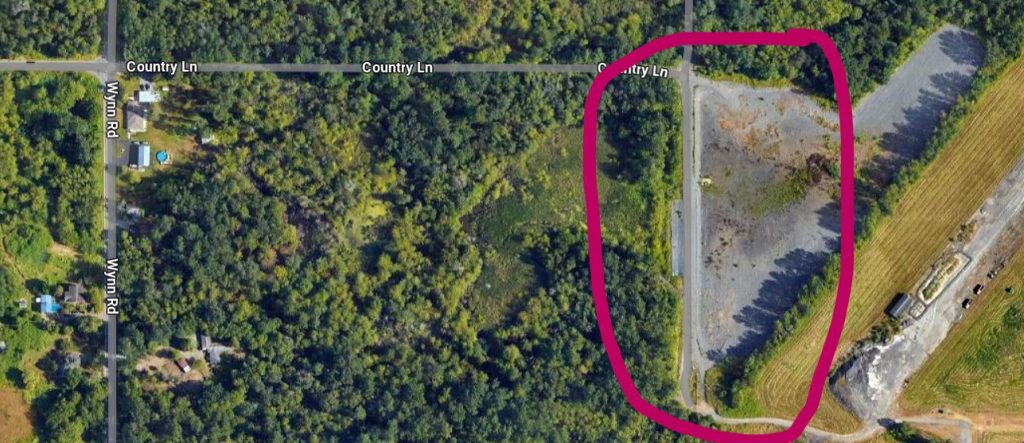
Wallace Parks — an auto writer and enthusiast who helped launch Hot Rod and Motor Trend magazines — had this in mind when he created the NHRA in 1951.
The organization was founded to “promote safety, sportsmanship, and fellowship among hot rod enthusiasts through the organization of clubs and associations,” its mission statement read. In addition, the NHRA existed to sponsor educational and safety programs to better regulate hot rodding, hopefully leading to “more favorable acceptance by the press and public, and greater benefits to its active participants.”
Cooperation
By 1953, hot rodding had a real presence in Western Washington, with an estimated 750 members belonging to organized clubs under the auspices of the Western Washington Timing Association.
In Whatcom County, there were at least four such clubs: the Lynden Road Knights, Sumas Road Angels, Blaine Axle Snappers, and Bellingham-based Road Gents. Each club had regular meetings, membership dues, and road reliability tests. The Road Gents even had a recreational league basketball team at one time, competing on the courts of Whatcom Middle School.

In the summer of 1953, the creation of the Whatcom County Timing Association gave these clubs a formal way to co-exist; by August, the WCTA reportedly had about 45 members, most between the ages of 16 and 25.
Local government, citizens, and law enforcement were still concerned about street racing, however. Discussions between WCTA members and its advisor, Police Sergeant Art Reynolds, along with Bellingham Mayor Sig Hjaltalin, city council members and Police Chief Bill Breuer, led to a joint effort to build a drag strip.
County commissioners — led by E.R. Haxton — decided an old Army access road at the southwest corner of the airport would do, and a five-year lease of the property was made between commissioners and the Road Gents. The terms were generous: an assessment of $1 per WCTA member per year, for the length of the lease.
WCTA members slashed and burned heavy brush along the access road, and Bellingham and county engineers donated time to lay out the drag strip. C.V. Wilder Construction provided heavy equipment for a foundation, with Larson Logging donating tile pipe for drainage. Ferndale’s General Petroleum (GP) refinery agreed to pave the strip.

It was a half-mile long — with a quarter-mile for racing and another quarter for stopping — and 32 feet wide with plans to widen to 40, according to the Bellingham Herald. The track was reached by driving Wynn Road and making a right on to West Bakerview Road (now known as Country Lane) where it met the airport property.
The Big Day
On the afternoon of August 16, a crowd of several dozen people turned out for the strip’s formal dedication. It lasted about 30 minutes and featured speeches and live band music, but no racing due to the track’s unfinished nature.
In addition to NHRA Founder Wally Parks and Director Bud Koons, Bellingham’s mayor and a host of city and county dignitaries attended, as did GP Vice President Clarence S. Beesemyer. So did 1915 Indianapolis 500 winner Ralph De Palma, then a public relations consultant for GP. Wally Markwood — the WCTA president and a Diehl Ford employee — happily posed for photos with the rest of the Road Gents.

That evening, nearly 300 people reportedly attended the world premiere of “The Cool Hot Rod” at the Hotel Bellingham. Directed by Hollywood’s Sid Davis (who also attended the track dedication), the 26-minute film tells the story of a young man who finds his path through the hobby of hot rodding.
Slow Goings
By April 1954, the Bellingham Herald described the race track as almost complete. It was still unpaved but had the timing lights and clocks necessary to hold races.
The Road Gents, meanwhile, continued weekly meetings in the recreation room of the Bellingham Police Department. By this time, Whatcom County hot rodders allegedly numbered about 175, according to a Herald article.
National publicity was given to the track in the July 1954 issue of Hot Rod magazine, with an article written by Parks. In early October, asphalt was finally laid down, and executives from Socony-Vaccuum (now ExxonMobil) stopped by the new track for a look.
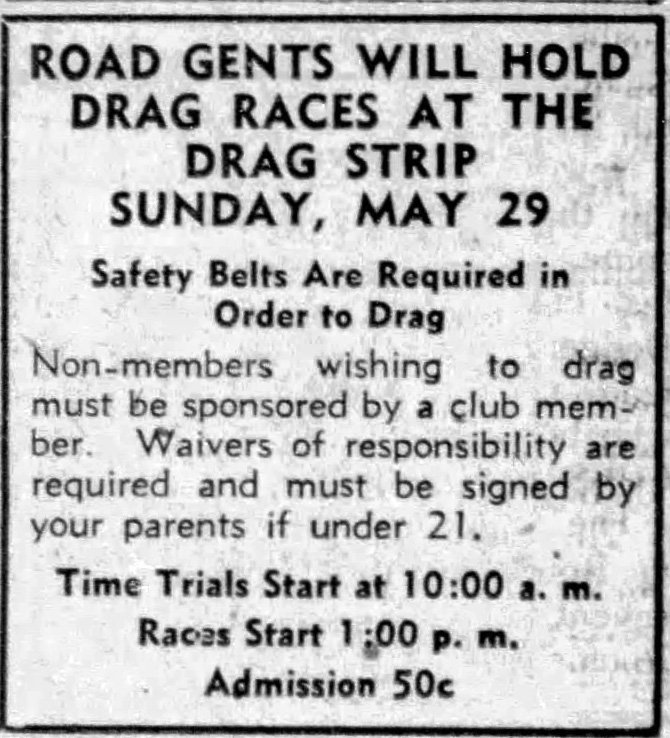
Though it’s unclear when the first event was held, racing was happening and being advertised by the spring of 1955. A small Herald ad for a Memorial Day event — with admission costing just 10 cents — noted that seat belts were required to race.
The track continued hosting races in 1956 and 1957, though it’s unclear how often. The Road Gents also continued to have a community presence, taking part in the 1956 Blossom Time parade (now Ski to Sea) and holding regular meetings in various places, including the YWCA, Hotel Leopold, area auto body shops, and members’ homes.
Demise
While the track surface was known to be adequate, the rest of the area was not. The drag strip lacked acceptable access and return roads, a pit area, or even spectator parking, according to a May 1958 Herald article. Depending on the weather, the article said, everything surrounding the track either turned to mud or dust.
Because the WCTA operated as a non-profit group that supervised and regulated the track, its coffers were lacking. When the city and county offered to donate gravel to improve the track area, they didn’t include the cost of hauling and spreading it. While WCTA members offered to handle the labor, they were allegedly unable to afford the cost of trucks and equipment.
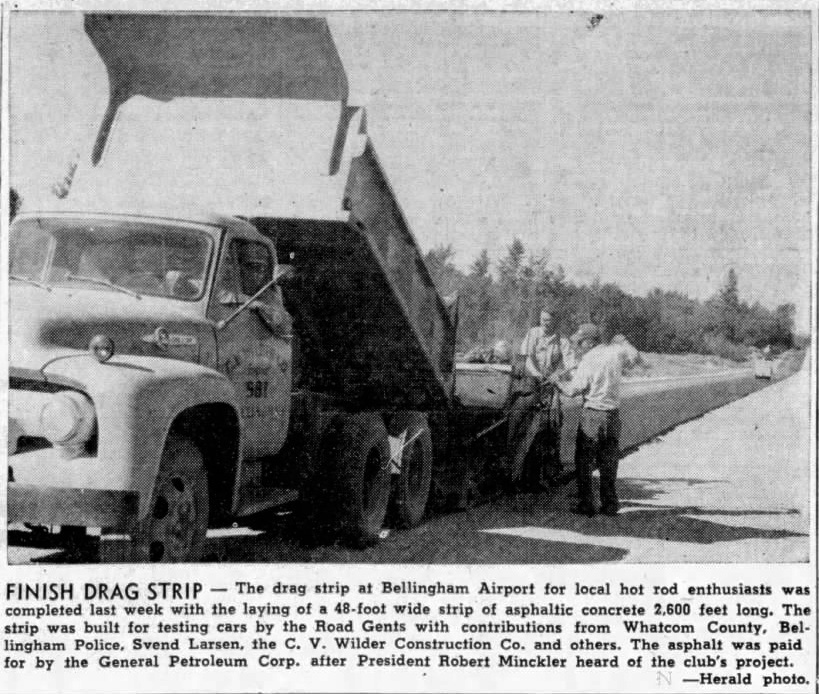
Although racing was held at the track as late as May 1958, no further mentions of the track being used appear in the Herald after this date; the five-year lease on the facility would have also expired that summer. In August 1959, when a barn fire near the airport made news, an article described the nearby track as “unused.”
By the early 1960s, local hot rodders were getting their drag racing kicks to the south. Skagit County’s Bay View drag strip utilized an airport runway, was NHRA-sanctioned, and attracted legitimate racers. The same thing happened at the Arlington Airport, which saw frequent drag racing through 1969.
Since the airport drag strip’s demise, Whatcom County has not seen another true drag racing facility realized. Markwood, the former Road Gents president, died in 2019 at age 90. Though it’s unknown how many former Road Gents are still alive, the number is likely very small.
The track site, meanwhile, does still exist as an airport access road. It sits beyond a metal gate at the end of Country Lane, though trespassing on airport property to reach it isn’t advised.
Do you have more information on the Bellingham Drag Strip? Contact WhatcomTalk’s Matt Benoit at submit@whatcomtalk.com.





